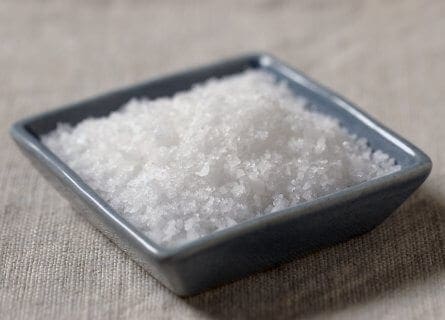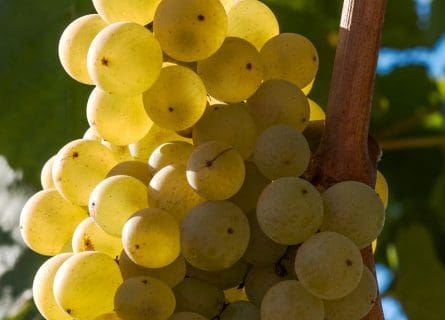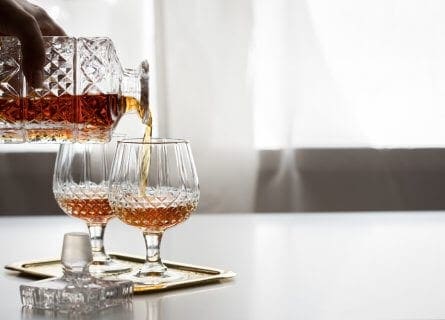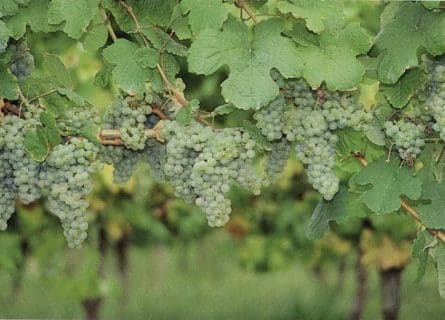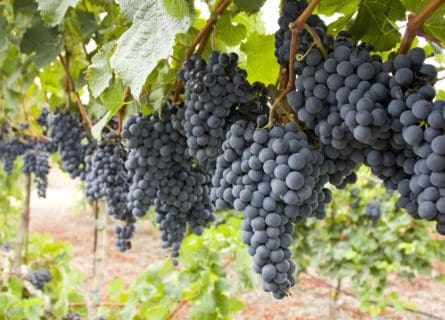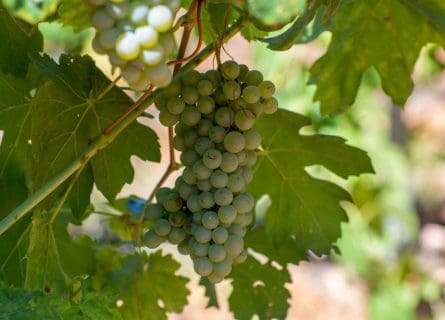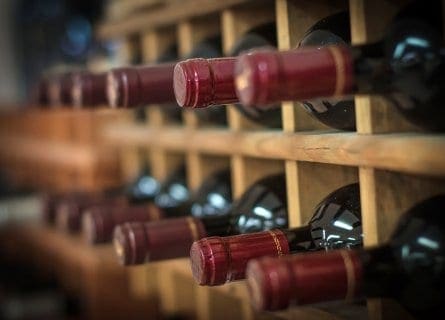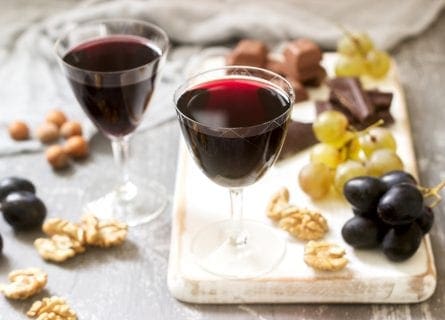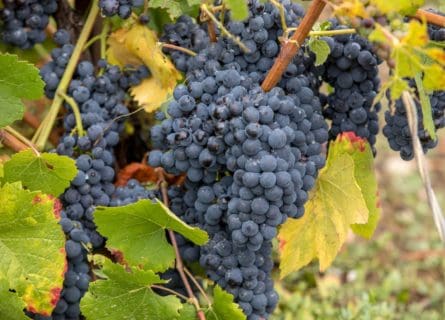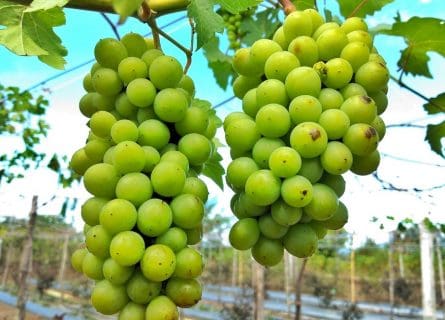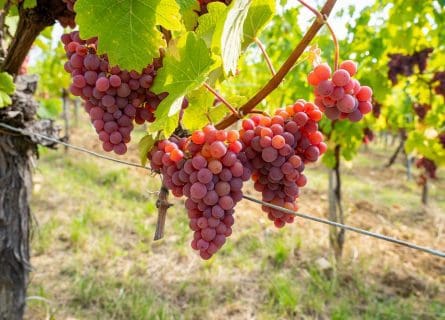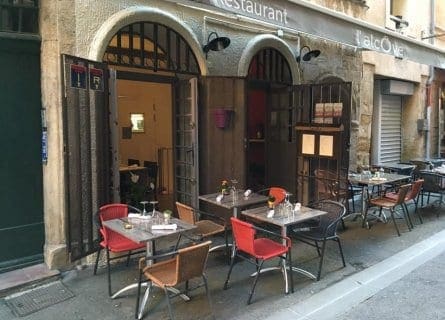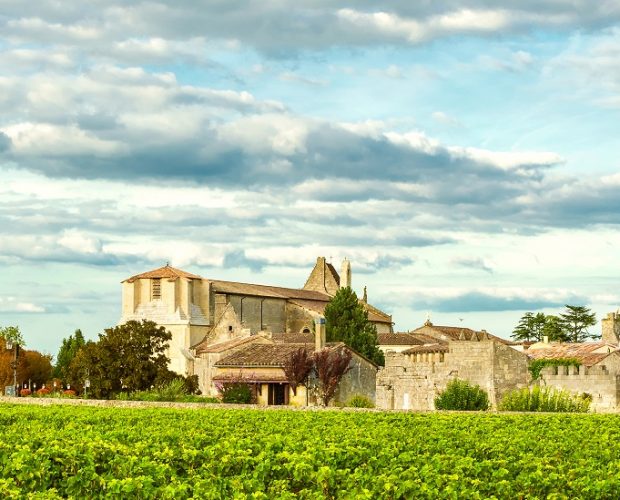
Sarlat-la-Canéda Travel Guide
Sarlat: Where Timeless Beauty Meets Culinary Excellence in the Heart of Dordogne
Few other towns in the picturesque Dordogne area of southwest France combine the region’s charms and Sarlat with its food, wine, and history. Sarlat’s narrow, atmospheric streets, historic buildings, and delightful cafe-filled squares are a supreme pleasure. Indeed, part of its universal appeal lies in its perfectly preserved medieval town center, which has changed little over the last century thanks to strict laws enacted in 1962. It is simply a historic destination that has it all: a proud gastronomic tradition, a completely intact rich architectural legacy, beautiful surrounding countryside, and enough cafes, bars, and restaurants to keep any visitor happy!
Sarlat’s origins are shrouded with mystery, but we know that the settlement existed long after the Roman conquest of Gaul and the subsequent collapse of the western Roman empire in the 5th century. Historians believe that the impetus for the settlements’ growth was an important Benedictine Abbey, mentioned in monastic writings in 1081. During the 9th century, Vikings from northern Scandinavia would raid French coastal towns and venture into the Dordogne River, ransacking settlements within reach. However, the town’s remoteness, over 35 miles from the banks of the river, escaped the Viking hoards and enjoyed a peaceful existence for many centuries.
The Sarlat monastic estate remained independent from French rule into the 12th century. The Vatican controlled the territory, which included the modern-day cities of Agen and Toulouse. Its religious importance for Christians across France ensured its freedom; in 1181, the French King, Philip Augustus, pledged his commitment to protecting the city from attack. Then, in the 14th century, Pope John XXII elevated the abbey’s Church to a Cathedral and started renovating the Cathedral Saint Sacerdos to the ornate Gothic masterpiece we see today. With its religious importance and fame spreading, Sarlat’s continued prosperity and growth seemed assured.
Sadly, the advent of the Great Plague at the end of the 13th century killed over half of Sarlat’s population; this and the Hundred Years Wars between the Capetian rulers of Paris and the Anglo-Normans would bring more turbulence to the town’s citizens. However, while the town did serve as a base of operations for French soldiers, it was never once subject to a siege or forcefully taken by the English. As a result of the Treaty of Bretigny, enforced from 1360, Sarlat was under English jurisdiction until 1370, when Constable Bertrand du Guesclin rallied the towns’ citizens to resist English rule.
After that, Sarlat would enter a golden age of peace, growth, and prosperity, as the now thriving town benefited from trade along the Dordogne route and as a significant center of religious significance in France. Pilgrims would journey far and wide to marvel at its splendid Abbey and Cathedral while the town’s rapidly growing middle class built grand mansions to display their new-found wealth.
However, despite the seemingly never-ending prosperity, these good times were interrupted by the arrival of the French Wars of Religion in the 16th century. During this period, the French aristocracy began supporting secular over religious rule; many battles were fought between Catholics and Protestants over the century. Protestant supporters took Sarlat in February 1574 and then recaptured by Catholics in the space of just under three months! Subsequently, the Protestant supporter Viscount of Turenne laid siege to Sarlat and destroyed most of the town’s walls and defenses. Ultimately, though, he was unsuccessful, and the Wars of Religion ended with the conversion of Henri IV to Catholicism in 1593.
The subsequent turmoil of the French Revolution of 1789, which overthrew the ruling aristocracy, did little to affect the day-to-day lives of Sarlat’s citizens. The town was never directly involved in the fighting, and no battles occurred within its walls. As a result, Sarlat continued to prosper in the 19th century; many important public works were built, including the town’s first railway station in 1882, with a direct link to Bordeaux City. This move was crucial in ending Sarlat’s remoteness, although this geographical isolation preserved its beautiful medieval streets and character.
Sarlat greeted the 20th century with great optimism, which not even the outbreak of two World Wars could dampen. Once again benefiting from its geographical remoteness, Sarlat was not directly affected by the conflicts. After the Second World War ended, the town quickly started to attract large numbers of visitors, keen to view its heritage. A crucial moment came in 1962 when the then Minister of Culture Andre Malraux instigated a decree to protect the town’s historic center from future development.
Today, Sarlat remains one of southwest Frances’ most popular holiday destinations, drawing many visitors each year who marvel at its beautiful architecture and majestic splendor, not to mention the spectacular landscape of the Dordogne. It is also the host of a famous film festival, which takes place in November. Indeed, lovers of art, culture, history, gastronomy and people who just want to sit, enjoy a glass of wine, and relax are more than catered to in this alluring and romantic town. Just ask the numerous directors and stars who have produced films in this lovely location, including Ridley Scott and Andy Tennant.
-

Local Black Truffles Gastronomy & Wine
Two things are taken very seriously in France indeed – Sarlat has a long and proud gastronomic tradition that is faithfully maintained today. The region is renowned for its foie gras production and some of the finest game – particularly duck – that can be enjoyed in France. Many delights await the hungry visitor, including wonderful artisan cheeses, local and inexpensive wines, wild mushrooms, and, of course, the prized truffles of Perigord.
Indeed, gourmets are in for a treat as the variety of places to eat in Sarlat is enormous. Throughout the day, lovely pavement cafes will keep you fueled, while for something more substantial, Sarlat’s bistros offer full menus and often have excellent value lunch menus. Many have summer terraces perfect for sipping wine in a crowded square while you choose your lunch – bliss! Restaurants are dotted around the historic center of town; some of our favorites include L’instant Delice and Gueule et Gosier.
Both offer local cuisine at affordable prices – book well in advance in the summer months. Locals are very loud about their produce and traditions, so they expect abundant foie gras. Goose and duck will also feature heavily on menus. Fresh-water seafood from the Dordogne is another treat, as is visiting during truffle season from November after the foraging begins into February. The black truffles of Périgord are renowned for their wonderful flavor and scent – often described as chocolate and earth – indeed, they are a highly prized gastronomic item by chefs worldwide.Wine lovers are also well catered for in Sarlat; along the banks of the Dordogne, many excellent wine regions produce great value fruity red and whites and wines of real class and distinction for the longer term. Highlights include the excellent value wines of Bergerac and the stunning dessert whites of Monbazillac, which can often rival the wines from Sauternes. The reds are predominately composed of classic Bordeaux varieties: Cabernet Sauvignon, Merlot, and Cabernet Franc, while the whites are usually a blend of Semillion, Muscadelle, and Sauvignon Blanc. In most of Sarlat’s restaurants, you can expect a good selection of local wines, while the finest establishments will have extensive lists that span most of France. But of course, locals will insist that you drink their wines!
A Gastronomic Guide to the Cuisine of Perigord: Read more
Nearby Wine Regions
-
 Explore Bordeaux! Left Bank Cabernets, Right Bank Merlots. Find your dream bottle & plan your next tour! (with 2024 insights) Read more
Explore Bordeaux! Left Bank Cabernets, Right Bank Merlots. Find your dream bottle & plan your next tour! (with 2024 insights) Read more
Highlights
-
Cathedral Saint Sacerdos
One of the most spectacular Gothic cathedrals in France, the Saint Sacerdos, was initially constructed in the 12th century, later restored and improved in the 16th century to the masterpiece we see today. The lack of architectural commonality is one of its fascinating features, as is the bell-tower, statues, tombstones, and gigantic organ. Also worth seeing is the small, Romanesque Chapel Saint Benoit, adjoining a beautiful Courtyard dotted with fountains. A must see!
-
Jardins des Enfeus
A delightful sloping garden that actually houses the cathedral’s cemetery. Most of the distinguished merchants and townsfolk are buried here including a notable citizen, Anne de Dautrerie, who died from the Plague at the end of the 13th century. The garden is at its finest in the summer months, when various concerts and festivals are held on its grounds.
-
Maison de la Boetie
Sarlat’s most prominent and famous residence, the Boetie Mansion was constructed in 1525 in the Italian Renaissance mold, by merchant Antoine de la Boetie. His son, Etienne, who subsequently became a celebrated French writer, began his life in the perfectly intact residence. In addition to the stunning building itself, the property also houses an art exhibition for visitors to enjoy.
-
Sarlat's food markets
Visitors may initially come to enjoy the splendid architectural legacy of Sarlat. Still, one of the town’s major draws is undoubtedly the lively food markets that take place every Wednesday and Saturday throughout the year. Every type of imaginable local food and produce is up for grabs: game, truffles when in season, fruits and vegetables, and of course, foie-gras.
Recommended for you
More information
If you would like us to customize an exclusive luxury tour, contact us and let us know your travel plans. We offer luxury food and wine tours for private groups of a minimum two guests. In addition, all of our private, chauffeured tours are available year-round upon request.


